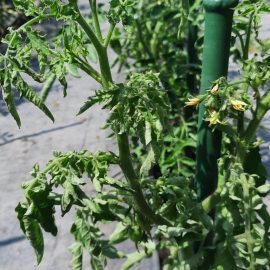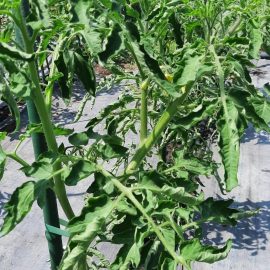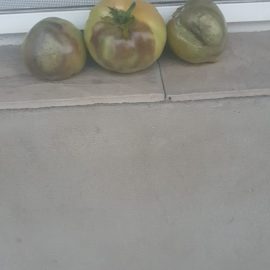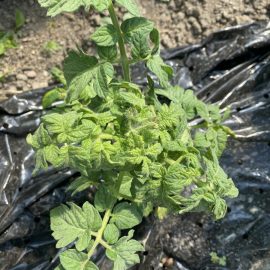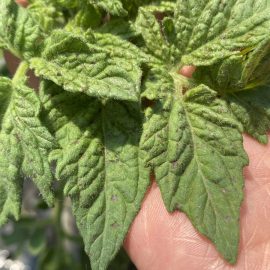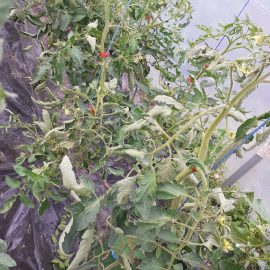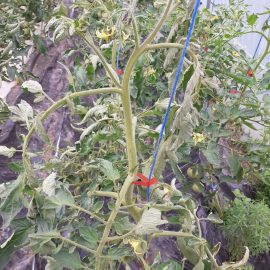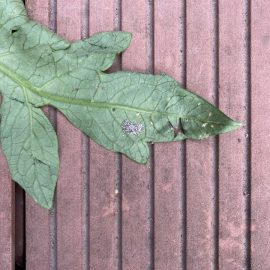Tomato stem rot (Didymella lycopersici) – identify and control
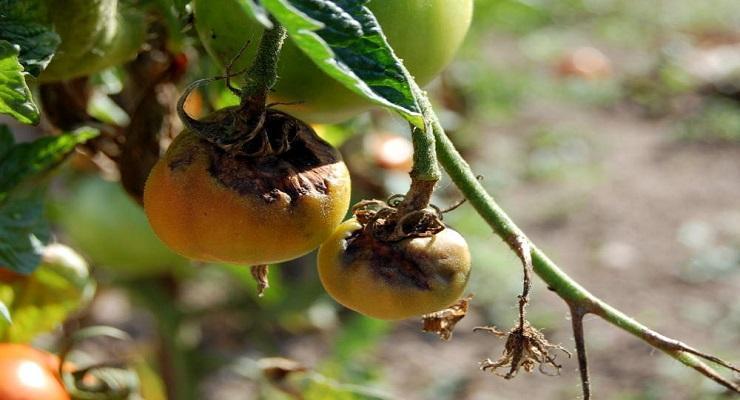
Tomato stem rot, Didymella lycopersici was first reported in 1907 in Hungary, from where it spread throughout Europe with a predilection for greenhouse crops.
Symptoms . The attack of the fungus affects all plant organs, roots, stems, leaves, and fruits. But the most severe damage is done when the roots and base of the stem are attacked. The attacked roots show dark-brown spots around which the tissue rots dry. At the base of the stems appear brownish-black spots, 5-6 cm long or even a ring of dry rot, in front of which small black dots can be seen. The attack on the stems starts from the small wounds produced in infancy. The tissues turn brown, sink, and crack, and the bark can be partially detached from the woody tissues.
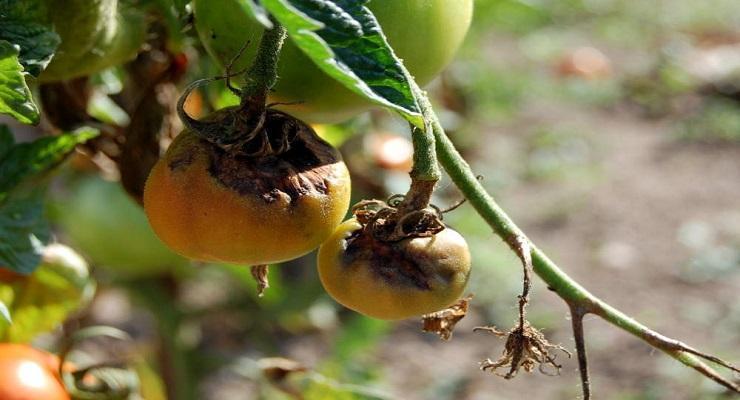
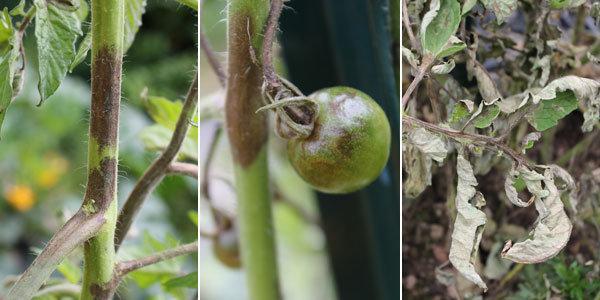
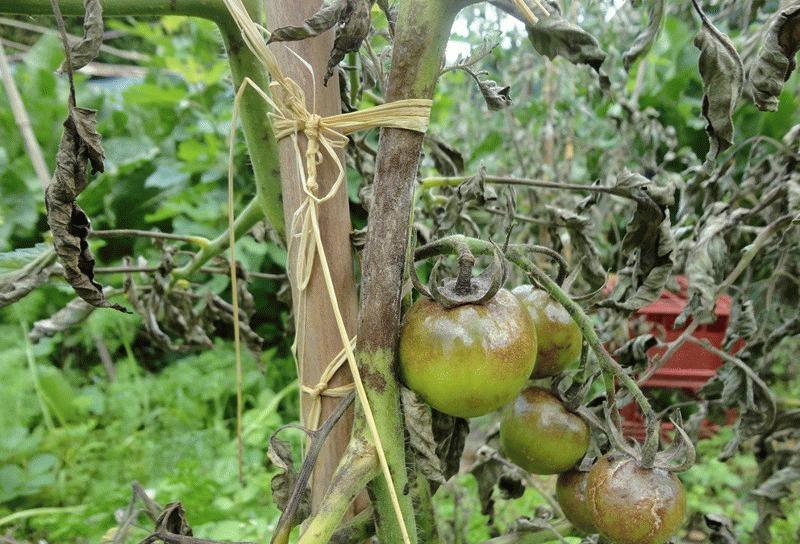
In field crops, the attack can be reported even on fruits and peduncles. These show brown, concentrically-circled spots, with brown pulp tissues that eventually rot. The seeds of such fruits will be infected and could be a source of infection in the following year’s crops. In the center of the browned areas, there are small black dots, represented by the fruiting of the fungus.
The spread of tomato stem rot is ensured during the vegetation period by rainfalls or irrigation water and wind, which spread the spores from the fruiting. From one year to the next, the transmission of the fungus is ensured by the spores or ascospores that remain or are formed on the plant debris. If the seeds have been harvested from the attacked fruits, the attack can occur on young plants. The disease progresses more rapidly on soils with average moisture and at temperatures between 18-21°C. The penetration of the fungus into the plant is done either through natural openings (stomata) or through wounds and is favored by an atmospheric humidity between 85-90%.
Prevention and control. In order to avoid infections, for greenhouses and solarium, it is recommended to disinfect the soil with specific products.
Recommended products
-
You can find products on a different store
Change Store -
You can find products on a different store
Change Store -
You can find products on a different store
Change Store -
You can find products on a different store
Change Store -
You can find products on a different store
Change Store -
You can find products on a different store
Change Store -
You can find products on a different store
Change Store -
You can find products on a different store
Change Store -
You can find products on a different store
Change Store -
You can find products on a different store
Change Store -
You can find products on a different store
Change Store -
You can find products on a different store
Change Store -
You can find products on a different store
Change Store -
You can find products on a different store
Change Store -
You can find products on a different store
Change Store -
You can find products on a different store
Change Store -
You can find products on a different store
Change Store -
You can find products on a different store
Change Store -
You can find products on a different store
Change Store -
You can find products on a different store
Change Store -
You can find products on a different store
Change Store -
You can find products on a different store
Change Store -
You can find products on a different store
Change Store -
You can find products on a different store
Change Store
And, in the field, a crop rotation of 3-4 years. It is recommended to use certified seed, free of diseases or treated with specific products. In greenhouses or in the field, the treatments performed are made with specific fungicides.














































































































































































































































































































































































































































